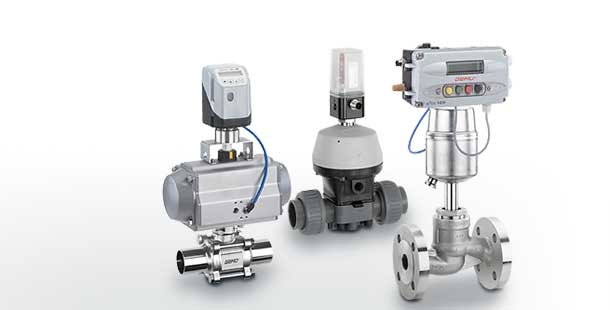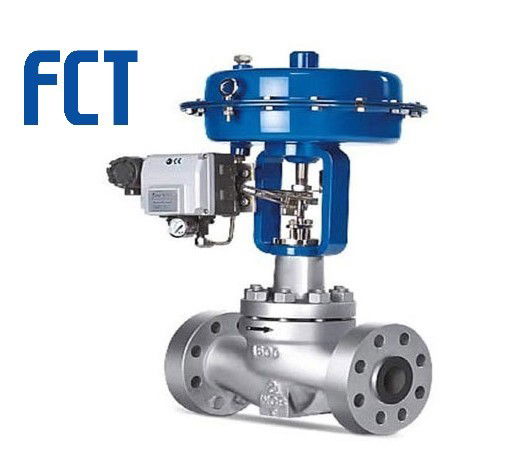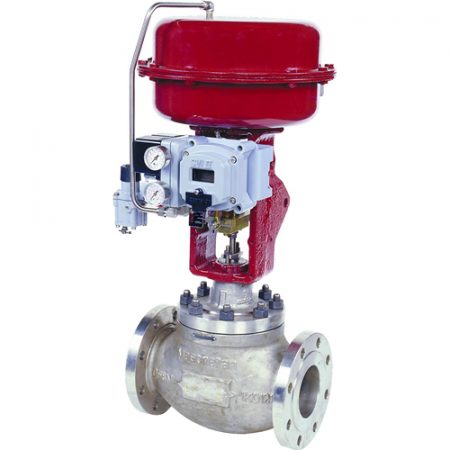Enhancing Operational Effectiveness with Advanced Control Valves
Enhancing Operational Effectiveness with Advanced Control Valves
Blog Article

Maximize Power Cost Savings and Convenience With Advanced Building Automation Controls
In the realm of contemporary style and facility administration, the integration of sophisticated structure automation manages stands as a pivotal innovation. By utilizing the power of automation, structures can adjust, respond, and evolve in ways that were when unbelievable.
Energy Efficiency Perks
Power efficiency benefits can substantially reduce energy intake and operational prices in buildings. By carrying out energy-efficient practices and modern technologies, structure owners and operators can attain considerable cost savings while also adding to environmental sustainability. Among the main benefits of enhancing energy effectiveness in structures is the decrease of utility expenses. Energy-efficient systems, such as sophisticated structure automation controls, can maximize making use of sources like heating, illumination, and air conditioning, bring about lower energy costs gradually.
Moreover, improved energy performance can extend the life expectancy of building tools and systems. By operating more successfully, cooling and heating systems, light, and other structure elements experience less wear and tear, leading to reduced upkeep and substitute prices. Additionally, energy-efficient structures typically command higher building values and rental prices, offering long-term economic advantages to owners.
Moreover, energy effectiveness can enhance occupant convenience and productivity. Appropriately regulated indoor environments with ideal lights and thermal problems produce an even more pleasant and favorable office, causing boosted employee contentment and performance. In general, the energy effectiveness benefits connected with sophisticated structure automation controls are complex, encompassing cost financial savings, environmental stewardship, and owner well-being.
Improved Comfort Control
Enhancing comfort control in building environments requires an advanced combination of sophisticated automation systems for ideal passenger health. By making use of innovative structure automation controls, centers can customize the indoor atmosphere to satisfy the details needs and preferences of owners. control valves.
By including these sophisticated controls, buildings can not only improve convenience but likewise boost energy performance by optimizing system operations based on real occupancy and usage patterns. Eventually, focusing on passenger convenience with advanced automation systems leads to a much more enjoyable and much healthier indoor setting.
Operational Efficiency Improvements

In addition, the application of real-time surveillance and analytics tools allows structure operators to recognize energy ineffectiveness and functional anomalies immediately. By continuously monitoring energy usage reference patterns and system efficiency metrics, adjustments can be made in real-time to enhance power consumption and make sure peak functional efficiency. control valves. In addition, integrating need response techniques right into building automation controls can better improve functional effectiveness by dynamically adjusting power usage based on grid problems and prices signals
Indoor Climate Optimization
Reliable interior climate optimization is a basic element of structure automation controls, making certain occupants' comfort and health while making the most of power savings. By making use of sophisticated sensors and controls, developing automation systems can continually check and readjust temperature, humidity degrees, air quality, and ventilation to create an ideal interior atmosphere. Keeping comfortable and constant conditions not only boosts resident satisfaction however likewise increases efficiency and overall well-being.
Interior environment optimization also plays a vital role in power performance. By fine-tuning ventilation, home heating, and cooling systems based upon real-time data and occupancy patterns, building automation controls can significantly lower power usage - control valves. Executing approaches such as demand-controlled air flow and thermal zoning can assist decrease energy waste while ensuring that each area of the structure receives the essential conditioning.

Sustainable Environment Creation
Building automation manages not only optimize interior environment problems for power efficiency and passenger convenience but likewise lay the structure for creating a lasting atmosphere with tactical management of resources and systems. Resources By incorporating sophisticated building automation innovations, such as sensors, actuators, and intelligent software program, centers can monitor and adjust power usage in real-time to minimize waste and decrease their carbon impact. These systems make it possible for anticipating maintenance, determining prospective problems prior to they escalate and enhancing equipment efficiency to boost durability and performance.
In addition, lasting setting development prolongs past power management to encompass water conservation, waste reduction, and interior air quality enhancement. Structure automation controls can manage water usage, find leaks, and ensure appropriate waste disposal practices, adding to overall sustainability efforts. Furthermore, by controlling and checking air flow and purification systems, these technologies improve occupant health and performance while lowering power consumption linked with HVAC procedures.
Conclusion
In final thought, progressed structure automation controls deal substantial benefits in terms of energy financial savings, comfort control, operational effectiveness, interior climate optimization, and producing a lasting environment. By applying these controls, structures can accomplish optimal performance while reducing energy intake and improving owner convenience. It is obvious that using sophisticated automation modern technology is essential in improving structure efficiency and developing an extra sustainable future.
Energy efficiency benefits can considerably lower energy intake and functional prices in buildings. Overall, the energy performance benefits linked with advanced building automation controls are multifaceted, encompassing expense financial savings, environmental stewardship, and resident health.
Additionally, incorporating demand response approaches right into building automation controls can even more enhance functional effectiveness by dynamically adjusting energy use based on grid problems and prices signals.
Building automation regulates not just enhance interior climate conditions for power performance and owner convenience yet additionally lay the foundation for producing a lasting atmosphere with critical administration of systems and sources.In final thought, progressed building automation manages offer substantial advantages in terms of power cost savings, convenience control, operational efficiency, you can try these out interior climate optimization, and developing a sustainable setting.
Report this page